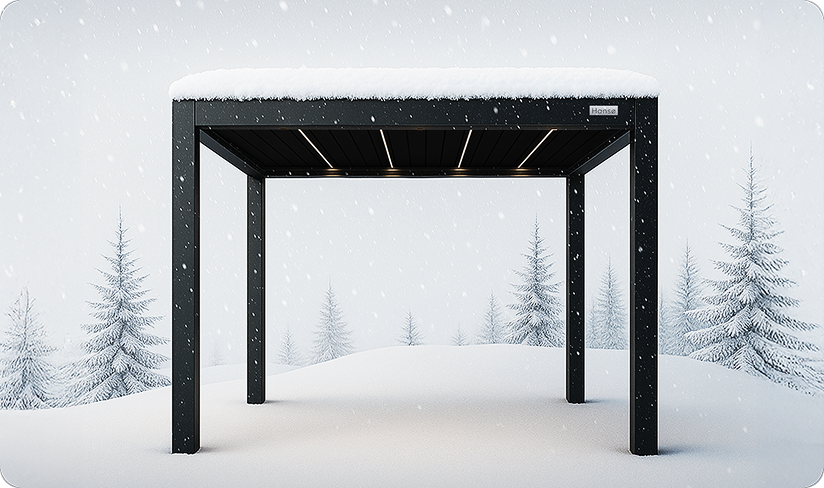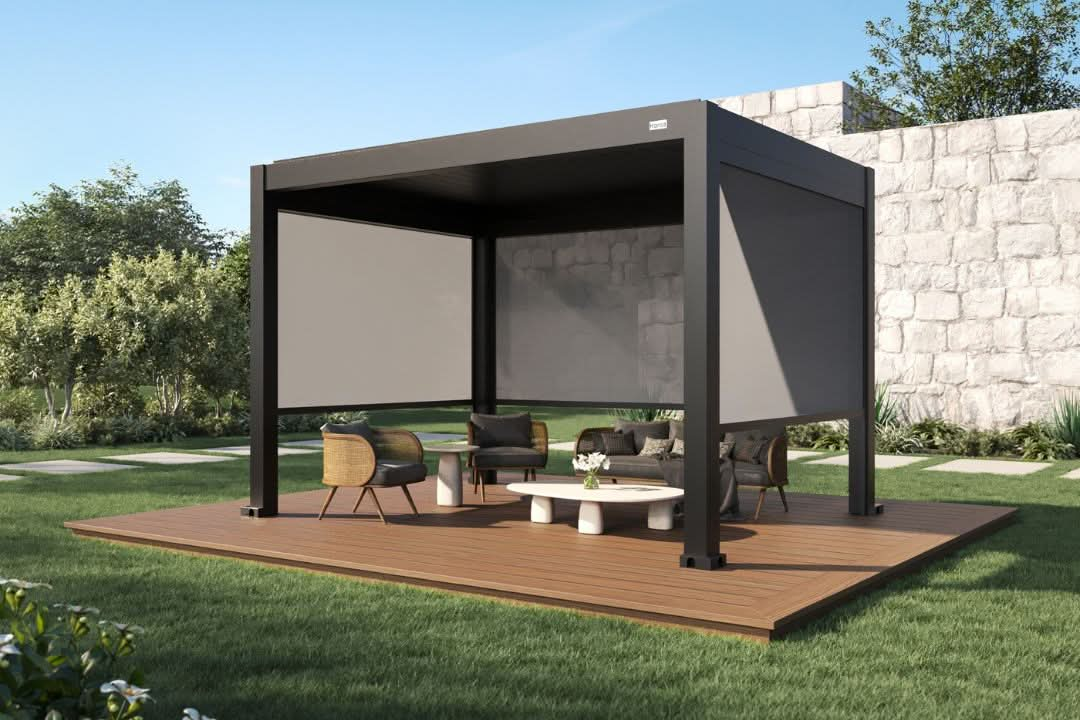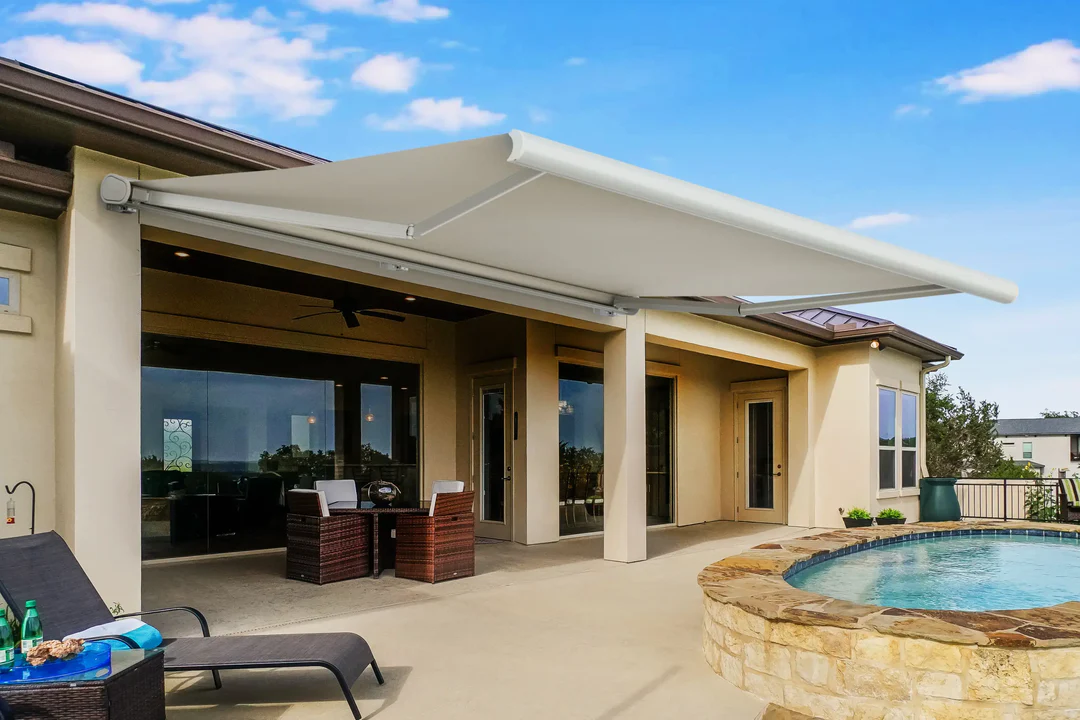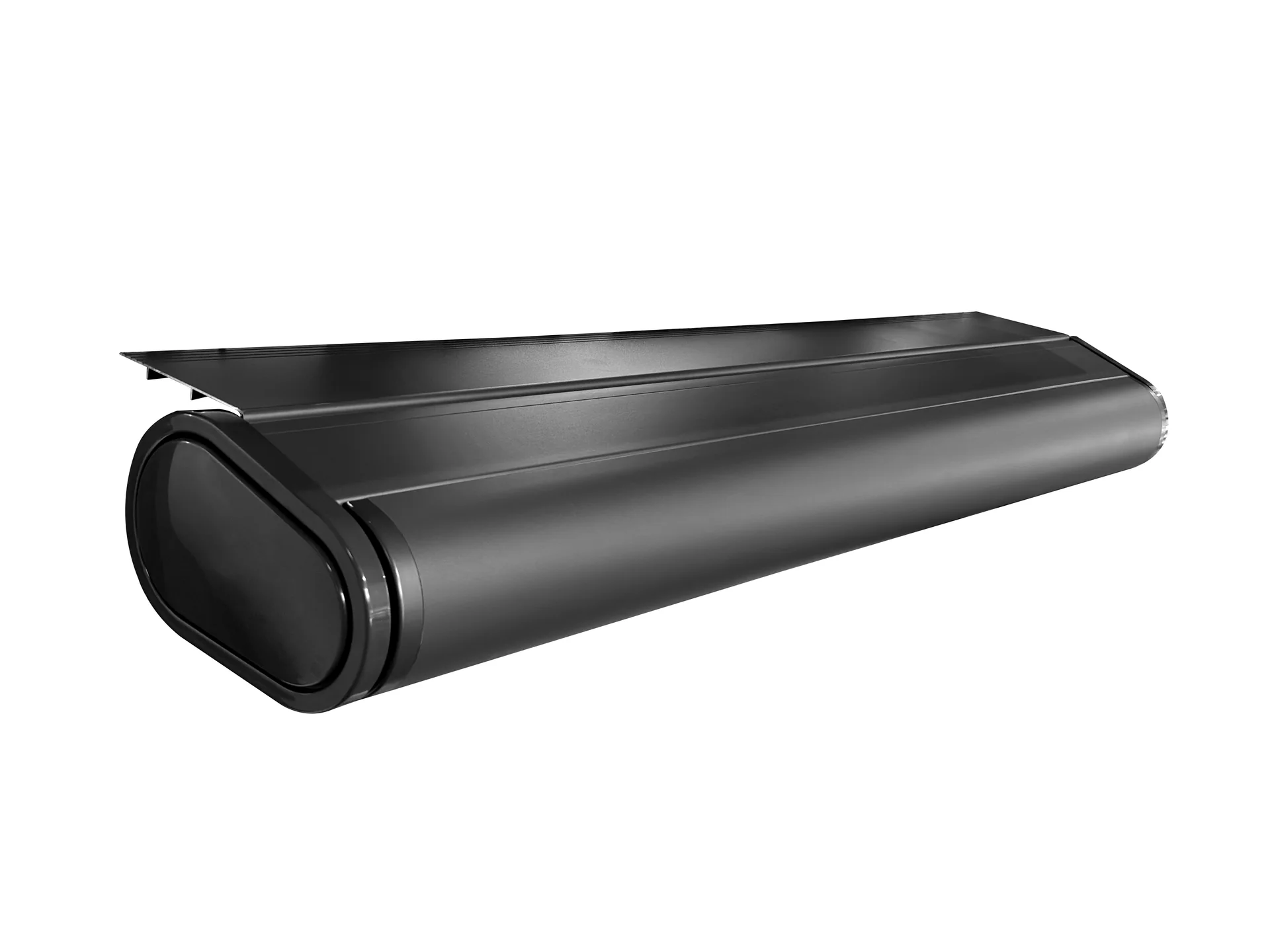How Tall Should a Pergola Be? What is the Best Height?
"How tall should a pergola be?" is a question that frequently echoes in the minds of homeowners and outdoor enthusiasts during the planning stages of enhancing their outdoor living space.
The quick answer might seem unsatisfyingly vague: there isn't a 'one-size-fits-all' solution.
The ideal height of your pergola, whether it's a small structure tucked away in a cozy corner or a larger pergola serving as a focal point in your backyard, is largely dictated by various factors.
These include its intended function, whether it will serve as a quiet retreat for intimate gatherings or a grand architectural statement, the size of your garden, the presence of climbing plants, and, of course, your personal preferences.
Furthermore, elements such as local ordinances, homeowner's association rules, and even the potential installation of ceiling fans can come into play, making this seemingly simple question quite layered.
This article aims to shed light on these considerations, helping you determine the perfect pergola height for your unique needs and ensure your pergola seamlessly blends into your outdoor space while serving its intended purpose.

What's The Best Height of a Pergola?
Typically, the standard pergola height falls between 8 to 12 feet.
This range is popular because it provides ample headroom for tall people, allowing comfortable movement under the pergola roof while still maintaining an intimate atmosphere conducive to restful lounging or lively conversations.
Here's the kicker:
8 feet pergola kit is the most popular choice in 2024. Pergolas of this height are the most stable and at the same time create a cozy atmosphere.
Is The Standard Always The Best Choice?
Picture this: a pergola, more akin to a skyscraper, towering above your compact backyard. It dwarfs everything around it - your carefully chosen patio furniture, your blooming flower beds, and even your house.
Doesn't quite fit the picture, does it? It creates a sense of imbalance and can overshadow the other elements in your outdoor space.
On the flip side, consider a pergola barely taller than your average basketball player in a vast, sprawling garden. It's like a small island lost in the ocean - it seems out of place, lost, and insignificant.
Therefore, the "best" height for a pergola is highly subjective.
It isn't a matter of simply choosing a number and adhering to it. Instead, it depends on the context, including the surrounding elements, the size pergola that fits your garden, the location (freestanding pergola or attached pergola), and the desired functionality (a place for intimate gatherings, a support structure for climbing plants, a cover for a hot tub, or a space for installing a ceiling fan). We highly recommend to read our in-depth pergola size guide.
Here's the deal:
It's about creating harmony in your outdoor living space, ensuring your pergola is the perfect fit - not just in terms of its footprint, but its height as well.
How to Determine the Proper Height for Your Pergola

Well, there are a few key factors to consider to determine the proper height for your pergola.
- Firstly, consider the size of your garden or patio. A larger space can accommodate a taller pergola, while a smaller one might require a more modest structure.
- Secondly, think about the intended function of the pergola. Will it be a cover for your outdoor dining area? If so, ensure it's tall enough to accommodate people standing comfortably. Or perhaps it's intended to support climbing plants? In this case, a taller structure might be needed.
- Lastly, consider the sun's trajectory. A taller pergola can provide more shade, which might be crucial depending on your location and the time of day you'll use the area most. To reduce sunlight, consider additional sun shades for pergolas as an accessory.
Why Is It Important to Choose the Right Height for Your Pergola?
From a design perspective, the height of a pergola plays a significant role in shaping the aesthetic and functional dynamics of your outdoor space.
Be it a pergola standing freely or a pergola attached to a house wall, this structure can either harmonize with or disrupt the landscape continuity of your backyard, patio, or any outdoor living area it inhabits.
A pergola that's too low risks creating a claustrophobic environment, hindering the comfortable flow of conversations during intimate gatherings, and may not allow for optimal air circulation, especially crucial if ceiling fans are part of the plan.
On the other hand, a pergola reaching too high into the sky can appear disproportionate, disrupt the visual balance, and fail to provide the coveted shade from the sun, undermining the very essence of this charming outdoor structure.
Factors to Take Into Account When Deciding on the Height of Your Pergola

There are several factors to consider when deciding on the height of your pergola:
1. Garden Size
Your garden size is a key consideration. Is your outdoor space expansive enough for a larger pergola, or is a small pergola more fitting?
The scale of your pergola should harmonize with the size of your outdoor space to maintain landscape continuity.
2. Sun's Trajectory
The sun's trajectory across your yard will determine how much shade your pergola will provide at different times of the day.
An understanding of this will help you determine the best height and placement for your pergola.
3. Functionality
Functionality is another essential aspect. Will your pergola serve as a focal point for dinner gatherings, necessitating a height suitable for standing guests?
Or will it house a hot tub or serve as a support structure for climbing plants?
4. Building Regulations
Building regulations, including local ordinances and homeowner's association rules, may place height restrictions on the maximum height of structures in your yard.
Always ensure that the height of the pergola complies with these regulations to avoid any legal issues.
5. Design Preferences and Home Style
Finally, your personal design preferences and the style of your home will influence your decision. A pergola attached to your house should ideally match the architectural style, possibly even mirroring the same height for landscape continuity.
A freestanding pergola, on the other hand, can provide a contrasting focal point if desired.
These considerations will guide you toward the optimal elevation for your pergola, enhancing your outdoor living experience.
Conclusion
So, back to our initial question, how tall should your pergola be? There's no absolute answer.
It depends on a variety of factors, including location, sunlight, and the roofline of your home.
The perfect pergola height ensures it is not only visually appealing but also serves its intended purpose effectively.
So, whether your pergola is standing proudly in the middle of your yard or attached subtly to your home, ensure you have enough room for everything – from the rafters.












